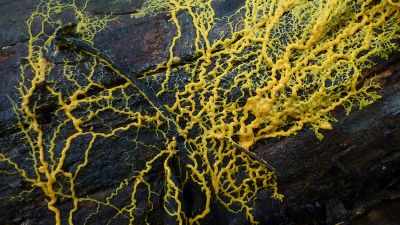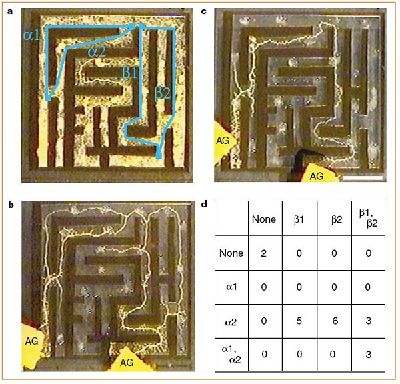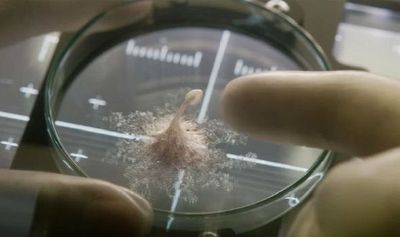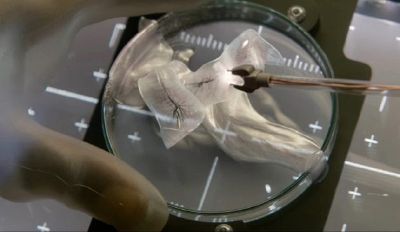1.1 Abstract
This log recorded the process of experimenting with an one cellular organism ‘slime molds’ to build a three dimensional glass art installation. The idea was inspired by the movie ‘Life’, which advocates people to have respect and fear for all creatures or they will be destroyed by their arrogance and ignorance. The experiments are mainly about trying to awake the organism and observe the survival conditions of it. I collected samples and regrow them in petri dishes under different kinds of living environment. The experiment results were not satisfying but I concluded several potential reasons for why the organism didn’t grow well.
1.2 Idea development
1.2.1 Slime mold
Slime mold or slime mould is an informal name given to several kinds of unrelated eukaryotic organisms that can live freely as single cells, but can aggregate together to form multicellular reproductive structures.
They feed on microorganisms that live in any type of dead plant material. They contribute to the decomposition of dead vegetation, and feed on bacteria, yeasts, and fungi. For this reason, slime molds are usually found in soil, lawns, and on the forest floor, commonly on deciduous logs. However, in tropical areas they are also common on inflorescences and fruits, and in aerial situations (e.g., in the canopy of trees). In urban areas, they are found on mulch or even in the leaf mold in rain gutters, and also grow in air conditioners, especially when the drain is blocked.
1.2.2 The feature of 'intelligence'
A very well-known feature of slime mold is the remarkable ‘intelligence’ it shows to adapt itself rapidly to a living environment. In many researches, scientists and curious students proved that by utilizing this function, slime mold can even solve many difficult problems, which usually take much more time for humans to do so.
One example would be the famous maze puzzle experiment did by Dr. Nagakaki and his associates in Japan. (Link to the video: https://youtu.be/lls27hu03yw)
If the organism is chopped up and dropped into a labyrinth (a maze), they put themselves back together and start to move. At the same time, if a food source is placed at the entrance and exit to the maze, they avoid dead ends in the maze and form a connection (as a single tube) between the food sources. In all cases, the organism chose the path that was the shortest between the two food sources. In a way, it "solved" the puzzle of finding the shortest path through the maze.
1.2.2 The inspiration
During the introduction course of slime mold, I was amazed by this experiment and it reminded me of a Hollywood movie called ‘Life’.
This movie is about a dangerous and ancient single-celled creature named Calvin. He was found on Mars and raised up in space station. When Calvin became stronger, he killed almost all the scientists in space station and controlled an astronaut to land on earth so he could dominate the planet. This scary creature has his every cell to be his eye, skin, muscle and brain.
It grows really fast by swallowing human bodies and moves quickly. It is also very clever to know how to manipulate people and carry out his big plan. And no doubt it was designed to be tough to survive extreme environment like low temperature and vacuum. He can also easily break a man’s arm and escape from the lab in space station by his huge strength.
I learnt from a Chinese knowledge communicating forum ‘Zhihu’ that the idea of Calvin was actually developed according to several organisms. And the idea of how smart it is came from slime molds. For it shows very strong adaptability and some sort of intelligence. Also for it is a single-celled organism so every part of it can grow and “analyze the change of living environment ”. The movie exaggerated about this feature but mainly the idea came from it.
So after watching and learning from this movie, it is hard for me to imagine how strong a single-celled organism can be, even it is just a science fiction. Then I had this idea to tell people the intelligence of slime mold by building an art installation according to its form of growing patterns.




